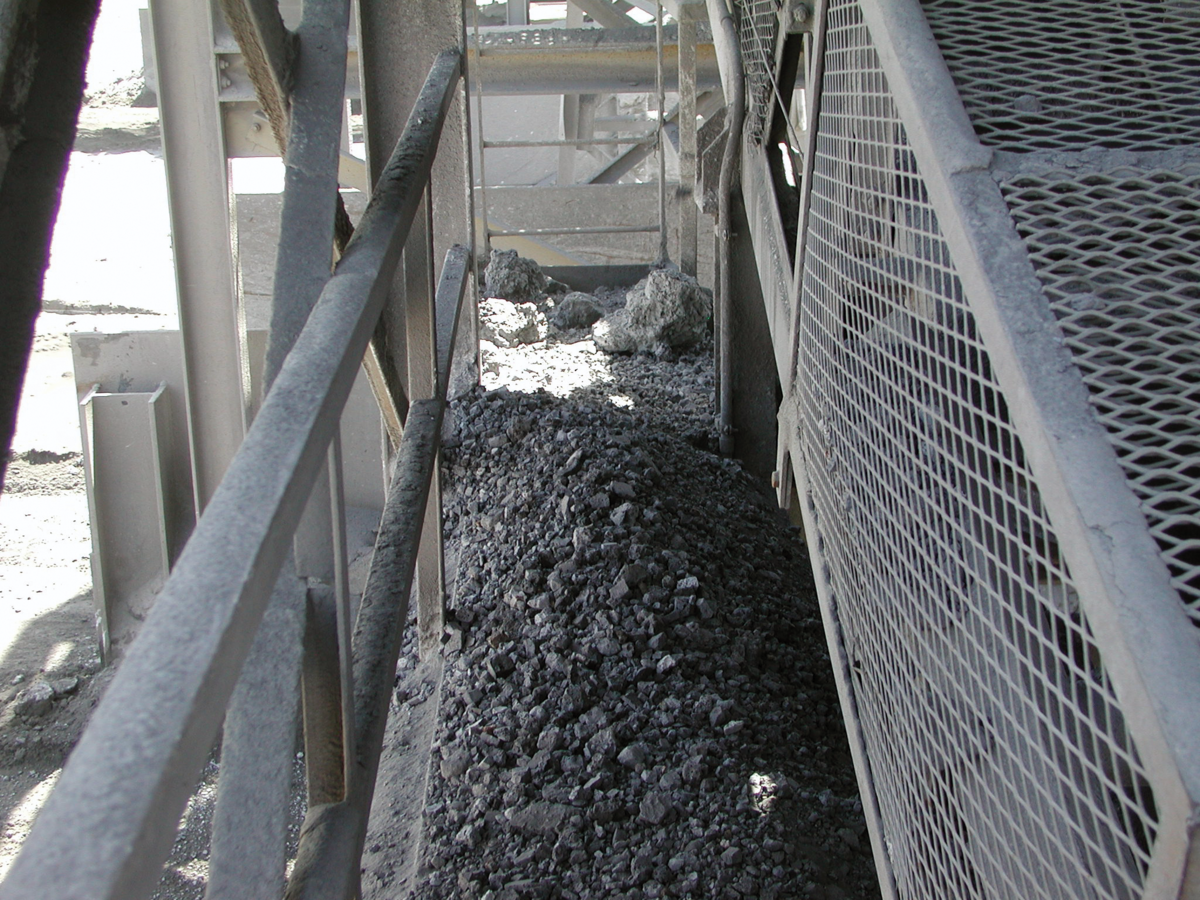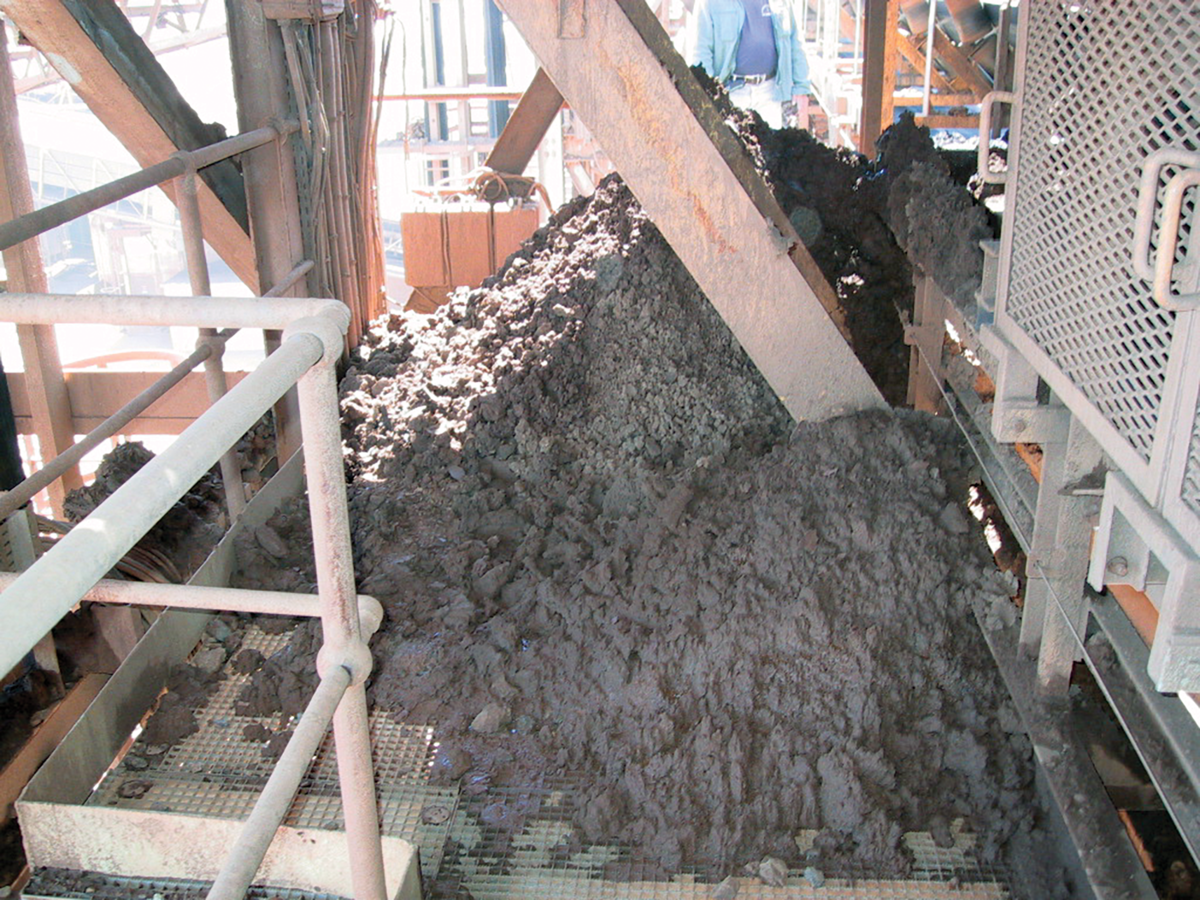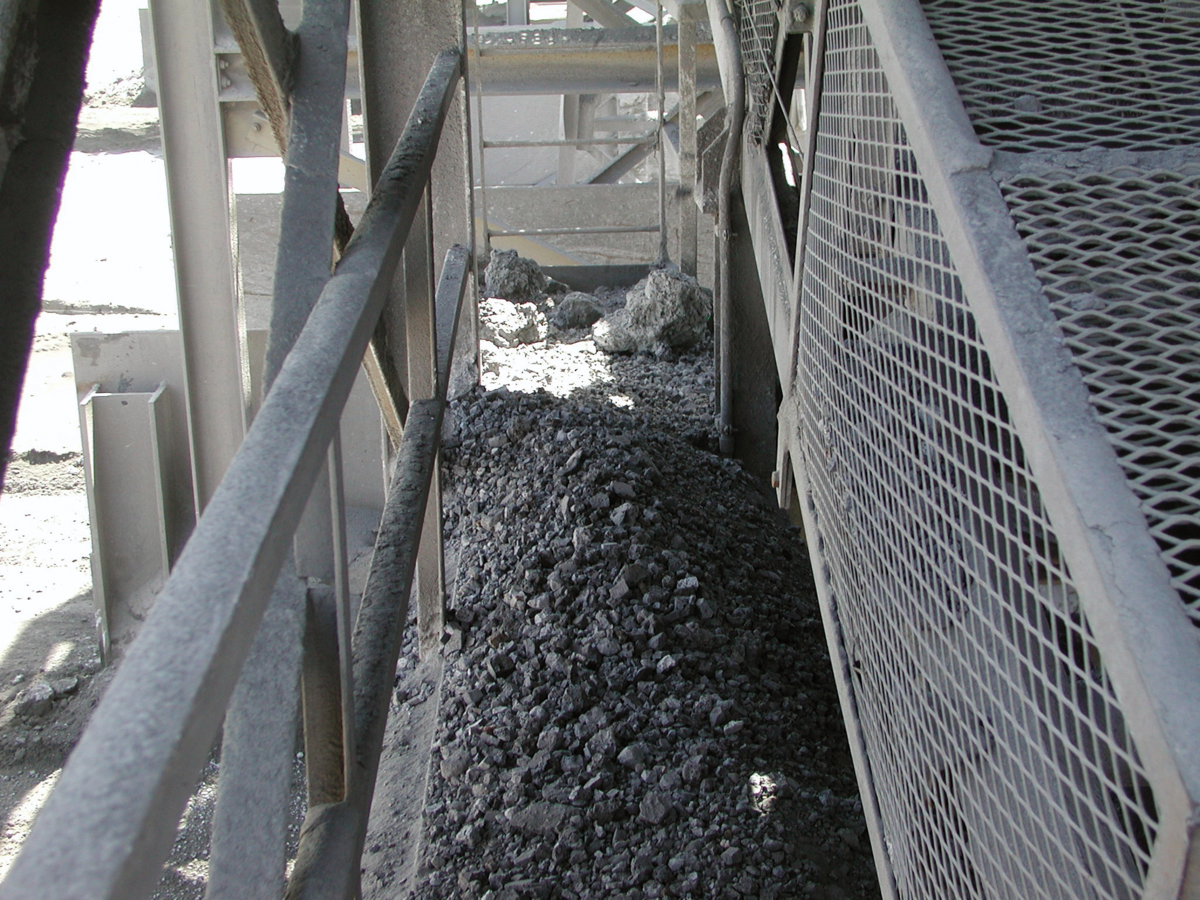By Jeff Sonnenberg on Dec 17, 2020 8:00:00 AM
Can your operation easily absorb a $13,000 fine? And even if you can afford the financial obligation, can your business afford the possible consequences of a citation? Recent years have seen sky-rocketing increases in the fines levied for both OSHA and MSHA violations.
Consequences Beyond The Financial Penalty
Within the last 4 years, we have seen basically a two-fold increase in the fine amounts assessed by both the Occupational Safety & Health Administration (OSHA) and the Mine Safety & Health Administration (MSHA). After more than 20 years without a monetary adjustment, congress allowed both agencies to “catch up” their fine structure. That means a 78% increase in fines and an annual-cost-of-living adjustment based on the Consumer Price Index. So, we now can look forward to annual increases of fines. For example, an OSHA fine for a serious or other-than-serious fine in 2016 had been 7,000. That fine has now increased in 2020 to 13,494!
Download A Free Copy of Our Safety Book To Learn More
How Can We Avoid These Types Of Fines & Penalties?
Well, the obvious answer is don’t let them happen! Easier said than done, true. But, when we incur a fine or penalty from a governing body, it is usually because we have let it happen. In most cases, we could have (and should have) prevented the violation. Take housekeeping at a surface mining operation for example. MSHA says:
77.205(b) and 77.205(d) Travelways at surface installations
(b) Travelways and platforms or other means of access to areas where persons are required to travel or work, shall be kept clear of all extraneous material and other stumbling or slipping hazards.

If you have fugitive material from a conveyor accumulating on a walkway, you can expect to receive a citation for that issue. Was that citation preventable? Absolutely! Many times, investing in preventative maintenance of your equipment and operation will be the cheaper option as opposed to having MSHA or OSHA tell you to do it. Because then, you have the fine to pay and you will still be required to abate the citation. Abate the citation means you will have to correct the situation and fix the problem. And usually within a strict timeline. Then you have to show documented proof that the situation is corrected.
Click To Read About Spillage Sowly Sneaking Up On You

Compared to taking care of the problem on your own, you now have a fine to pay, still have to fix the problem and the costs associated with the solution, and have a citation / violation on your record. MSHA and OSHA both have searchable data bases where all citations and violation are visible. Many companies today are unwilling to take the risk of doing business with organizations that have too many citations or violations. This can be another “cost” incurred, loss of business which could end up being much higher than the fines or the solution cost. If you belong to any of the Safety Clearinghouses (Avetta, ISNet, etc.), you will be required to report your citation/violation history which could affect your grade or rating within that site. Like many things we are dealing with these days (COVID-19), an ounce of prevention is worth a pound of cure!
Three Stops On The Road To Avoiding Citations & Fines
1. Empower your employees to speak up and report hazards. Your employees know what’s working and what’s not and where hazards exist. Encourage (and reward) them for reporting hazards in a timely fashion. Management must follow through to correct the problems so they see issues are being addressed.
2. Embrace technology. There likely is new technology out there to address most, if not all, of the issues you are dealing with. What’s the hold up? Cost, right? Cost is generally the reason given for not implementing new technology. As we have shown above, two citations at 13,494 dollars (26,988) could buy a lot of new technology! One repeat citation for OSHA is 134,937. New technology can end up being a cost savings.
3. Safety Safety Safety. Stay on top of safety. Make it part of your culture. If you don’t have a safety program, develop one. Keep on top of safety trends in your industry. Regulations, standards, and interpretations are continually changing...stay on top of new developments. Continually train your employees.
The best way to deal with OSHA or MSHA fines and violations is to avoid them all together. That means recognizing the hazards and eliminating or reducing the risk to your employees.




comments